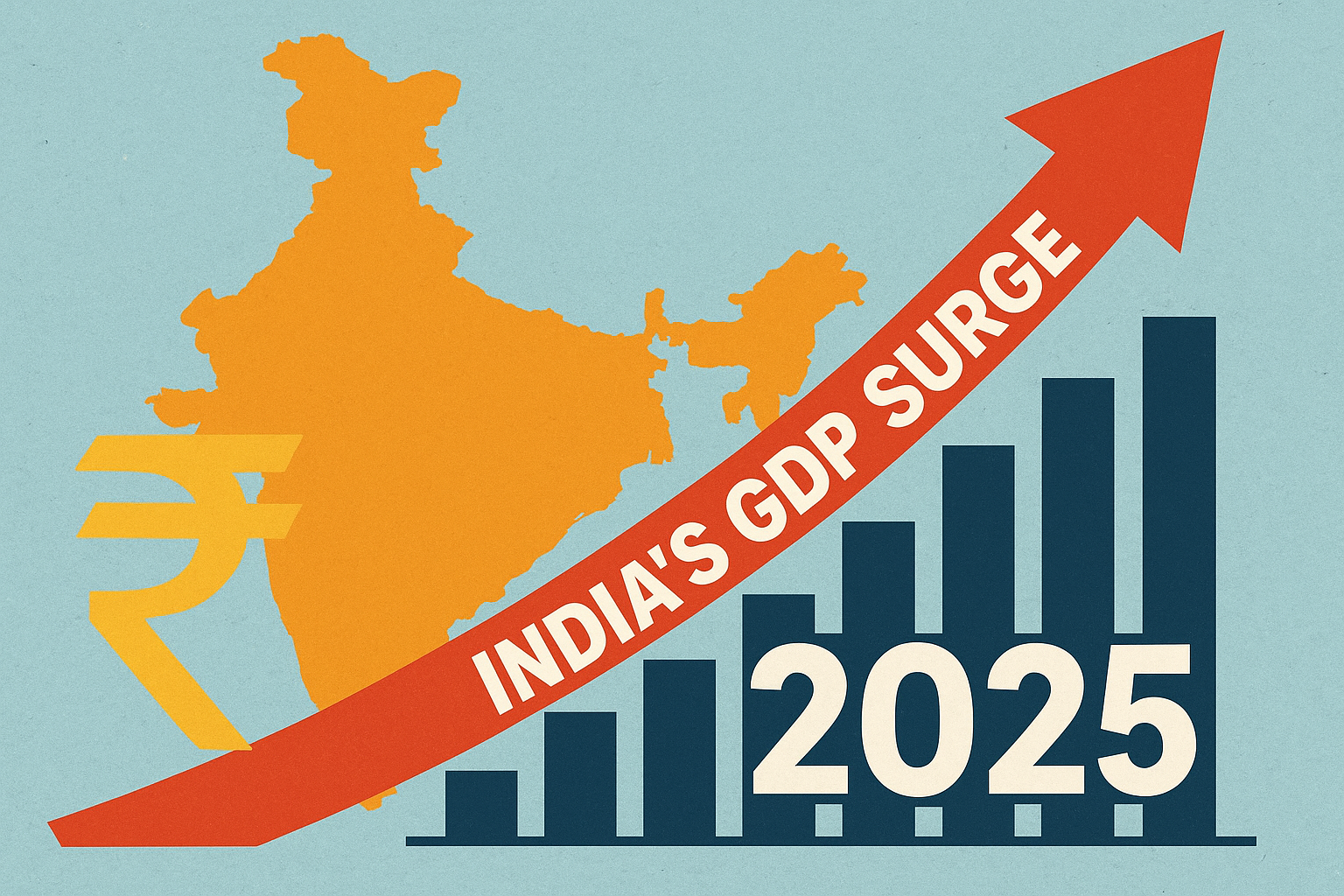
Who says savings only matter with tax deductions? Find out the potential of post office schemes outside Section 80C for post office savings.
Post office savings plans give people a dependable and convenient option to accumulate and build their wealth. These schemes are known for their safety and government backing, making them a popular choice for conservative investors.
Source: Wikipedia
According to the Income Tax Act of 1961 Section 80C, many savings methods offer tax exemptions. However, not every scheme available through the post office comes with these tax benefits. To discover more about these schemes, continue reading.
National savings recurring deposit account (RD)
It is a recurring deposit scheme offered by the post office. As of January 1, 2024, this scheme offers an interest rate of 6.7% per annum, compounded quarterly. You can start with as little as ₹100 per month, and there’s no cap on the maximum you can save.
Eligibility is broad, including single adults, joint accounts (up to three adults), guardians saving for minors or individuals of unsound mind, and minors over 10 years saving independently.
To open an account, you can deposit cash or cheque, and subsequent deposits are due by the 15th or the last working day of the month, depending on when the account was opened. They charge a nominal fee for late payments.
The account matures in 5 years, but you can choose to prolong the account for another 5. Even after maturity, you can keep the account for up to 5 years without additional deposits.
You can borrow up to 50% of the total amount as a loan after a year and twelve consistent deposits. Premature closure is allowed after three years, but it comes with conditions, including a change in the interest rate applied.
National savings time deposit account (TD)
The time deposit account offers flexible options for depositors to secure their savings over fixed periods of one, two, three, or five years.
The interest on these accounts is paid out once a year, but it is calculated every three months. With a minimum investment requirement of ₹1000 and subsequent investments in multiples of 100, there’s no cap on how much you can save. Interest rates vary for terms.
Source: India Post
The eligibility is the same as the RD account. Upon maturity, you can choose to extend your deposit for the same duration for which you opened it. Depending on the account’s term, you must make extensions within specific periods after maturity.
Although withdrawals aren’t permitted within the first six months, accounts closed after six months but before a year will accrue interest at the Post Office Savings Account rate. For terms beyond a year, if closed prematurely, interest will be calculated at 2% less than the TD rate for the completed years.
The account can be pledged as security for loans, and please note that the investment in a 5-year TD qualifies for section 80C tax benefits, while other deposits do not.
National savings monthly income account (MIS)
As of 2024, the MIS offers a 7.4% annual interest rate, paid out monthly. Investors can start with just ₹1,000 and go up to a maximum of ₹9 lakh for single accounts and ₹15 lakh for joint accounts.
Since interest is paid on a monthly basis starting on the account inception date, the account holder has a steady source of income. If not claimed, the interest does not earn any additional interest.
Interest income can be sent automatically to a savings account at the same post office or, in post offices that offer Core Banking Solution (CBS), through Electronic Clearing Service (ECS).
Under Section 80C of the Income Tax Act of 1961, interest generated is taxable and not deductible. Tax Deducted at Source (TDS) applies to interest exceeding ₹40,000 for regular taxpayers and ₹50,000 for senior citizens.
Withdrawals are not permitted within the first year. A 2% penalty is subtracted from the principal if the account is closed within the first year but before the third, and 1% is subtracted if the account is closed within the third year but before the fifth. The account reaches maturity after five years, but early closure is possible with the appropriate paperwork at the post office.
Kisan vikas patra
Kisan Vikas Patra (KVP) is a unique savings scheme that guarantees to double your investment on maturity, which is currently 115 months (9 years and 7 months), with an interest rate of 7.5% compounded annually. The Ministry of Finance sets the maturity period, which starts on the date of deposit.
You can start investing in KVP with as little as ₹1000 and in multiples of ₹100 thereafter, with no upper limit on the investment amount. This flexibility allows investors from various financial backgrounds to participate in the scheme.
Even though KVP has a set maturity time, early closure is permitted after two years and six months from the deposit date. Also under specific circumstances, such as the account holder’s passing or court rulings.
Mahila samman savings certificate
This certificate is a special initiative, exclusively available to women and minor girls through a guardian. With a minimum investment of ₹1,000 and a cap of ₹ 2 lakh, it offers a compelling 7.5% annual interest, compounded quarterly.
Source: Value Research
Withdrawals are permitted up to 40% of the balance after one year, providing flexibility in cases of financial need. The account reaches maturity after two years, at which point the balance, along with accrued interest, is paid to the depositor.
Bottomline
Post office savings schemes offer a diverse range of options for individuals looking to save, with or without the tax benefits under Section 80C. From regular income plans to savings certificates specifically designed for women, these schemes ensure that every investor finds a suitable option to grow their funds.
DISCLAIMER: This article is not meant to be giving financial advice. Please seek a registered financial advisor for any investments.
- Make in India 2.0: How Manufacturing Is Reshaping Market Sentiment - December 13, 2025
- Real Estate Boom : Why Tier-2 Cities Are Attracting Big Investors - December 12, 2025
- India’s GDP Surge 2025: What the New Growth Numbers Mean for Markets - December 9, 2025





